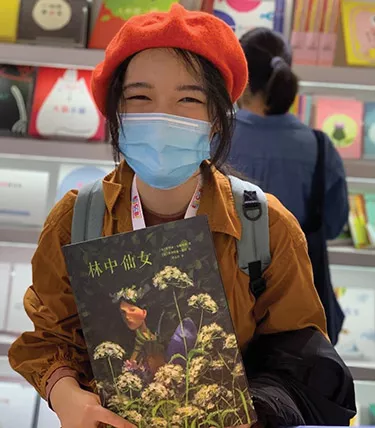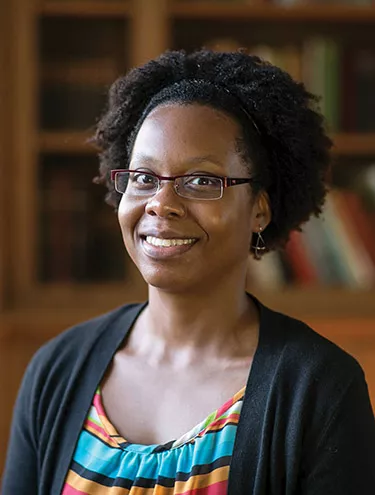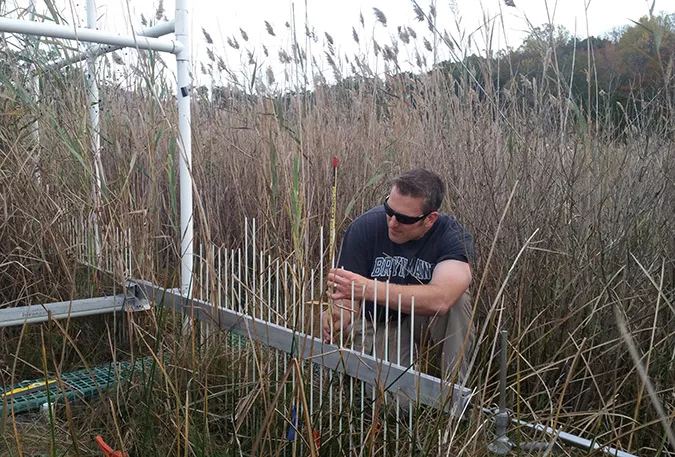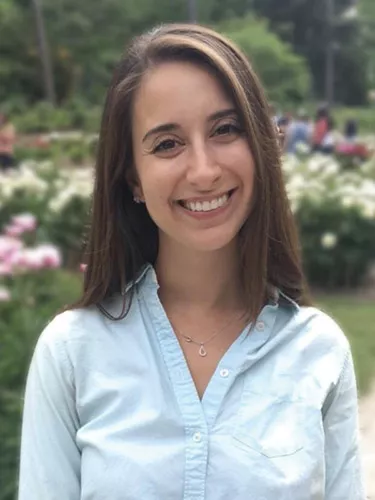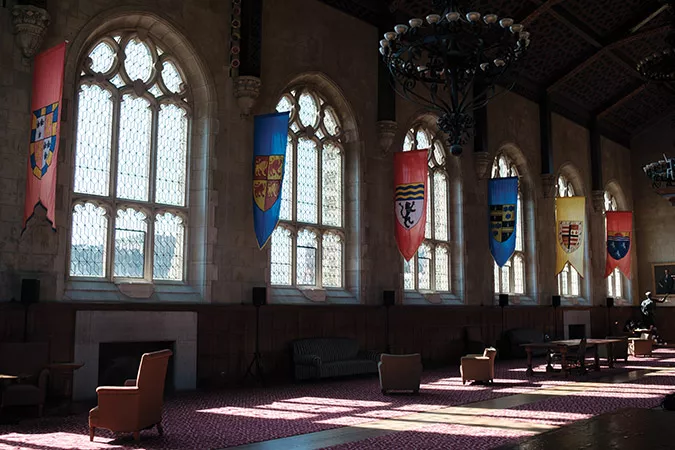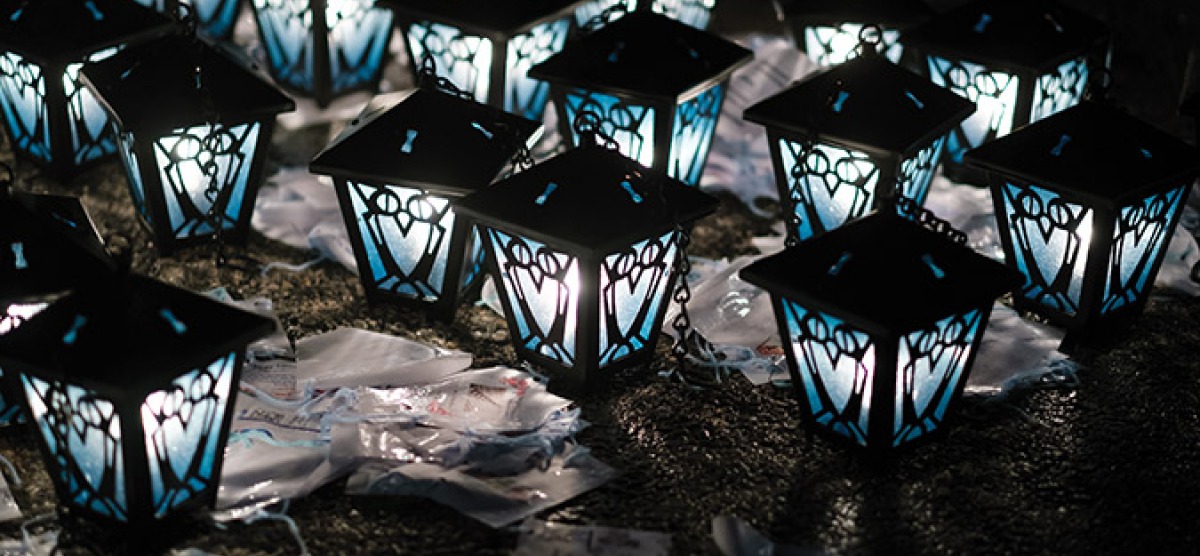
For Starters: Spring 2021
Lanterns. Marshes. Windows.
1. Lantern Night
The 2020–21 academic year has been like no other. COVID-19 meant a rescheduled Lantern Night, but it couldn’t keep students from passing on the light of knowledge. Click here to view more photos from Class of 2024's Lantern Night.
2. Who is Reading to Kids?
Zijia Zhuang ’21 will soon be traveling to Russia, Japan, Taiwan, and Germany as a Watson Fellow. Zijia is a comparative literature major at Bryn Mawr, and her project is titled “Who Is Reading to Children.”
Throughout her travels, which will likely begin sometime after August 1 as long as international travel can be done safely, Zijia plans to work with organizations that read to children or provide support for families to facilitate parent-child reading. A native of Beijing, Zijia became interested in children’s literacy while volunteering for a mobile library project that brought picture books to local communities.
3. Equity in Archaeology and Classics
A recently formed Bi-Co group, Students Promoting Equity in Archaeology and Classics (SPEAC), held its first research conference, Now and Then: (In)equity and Marginalization in Ancient Mediterranean Studies, this spring. "When we started SPEAC, I knew I wanted us to do a conference so that we could meet and uplift the work of other very-early-career scholars who are interested in challenging the problematic nature of our fields and figuring out a way forward," said Ph.D. candidate Olivia Hopewell, one of the event organizers.
4. Anti-Racism in STEM
Top: Assistant Professor of Math Erica J. Graham '04. Above: Associate Professor of Biology Sydne Record.
Assistant Professor of Mathematics Erica J. Graham ’04 gave a lecture titled “Anti-racism in Mathematics: Who, What, When, Where, Why, and How” at the 2021 Joint Meeting of the American Mathematical Society and the Mathematical Association of America. Associate Professor of Biology Sydne Record brought together more than 250 researchers for a two-day National Science Foundation meeting on increasing diversity, equity, and inclusion in environmental biology and in conducting collaborative research.
5. Researching Marshes
Associate Professor of Biology Thomas Mozdzer.
Associate Professor of Biology Thomas Mozdzer has received nearly $2 million from the National Science Foundation for a new program that bridges the fields of ecosystem ecology and evolutionary biology. Mozdzer’s research sets out to address a novel question: Does rapid evolution to global change influence how ecosystems function? Ecologists used to think evolution was too slow to affect their studies, but research from Mozdzer’s lab says otherwise. To answer this question, Mozdzer and his fellow researchers aim to determine how both nutrient pollution and elevated levels of carbon dioxide are inducing rapid evolution in plant communities on the invasive common reed Phragmites australis in a salt marsh on the Chesapeake Bay. Fieldwork for the project will be conducted at the Smithsonian Global Change Research Wetland of the Smithsonian Environmental Research Center and at a 600-genotype quantitative genetic common garden that is being set up on the Bryn Mawr campus.
6. You Really Got Me
Assistant Professor of Psychology Ariana Orvell.
“It’s not what you say, but how you say it” is a common cliche for speakers trying to connect with others.
But according to new research by Assistant Professor of Psychology Ariana Orvell and Ethan Kross and Susan A. Gelman of the University of Michigan, it may just be “you” that really matters when it comes to what we read.
The researchers found that ideas expressed with what they identify as “generic-you” increased resonance, or a sense of connection, with readers more than phrases or ideas lacking the word.
In conducting their initial research, Orvell and her colleagues used publicly available data from the Amazon Kindle application.
The researchers analyzed 56 books from Oprah’s Book Club and looked at passages readers highlighted using the built-in highlighting feature. Highlighted passages were 8.5 times more likely to contain generic “you” than passages that were not highlighted.
7. Let the Sun Shine In
During a seven-month project, each one of the Great Hall’s 368 ornate and intricate leaded glass windows was removed and fully repaned. It was the first time since the building was constructed in 1901–7 that a project of this nature has been undertaken.
“When the building was originally built, the glass and the stone were intrinsically installed at the same time. The lead glass windows were made in big sheets, about five feet tall by 30 inches wide, and as the stone was being placed, the sheets of leaded glass were being placed in the stone so the next piece locked it in,” explained Jim McGaffin, an associate director in the Facilities office and manager of the project.
Published on: 07/05/2021
